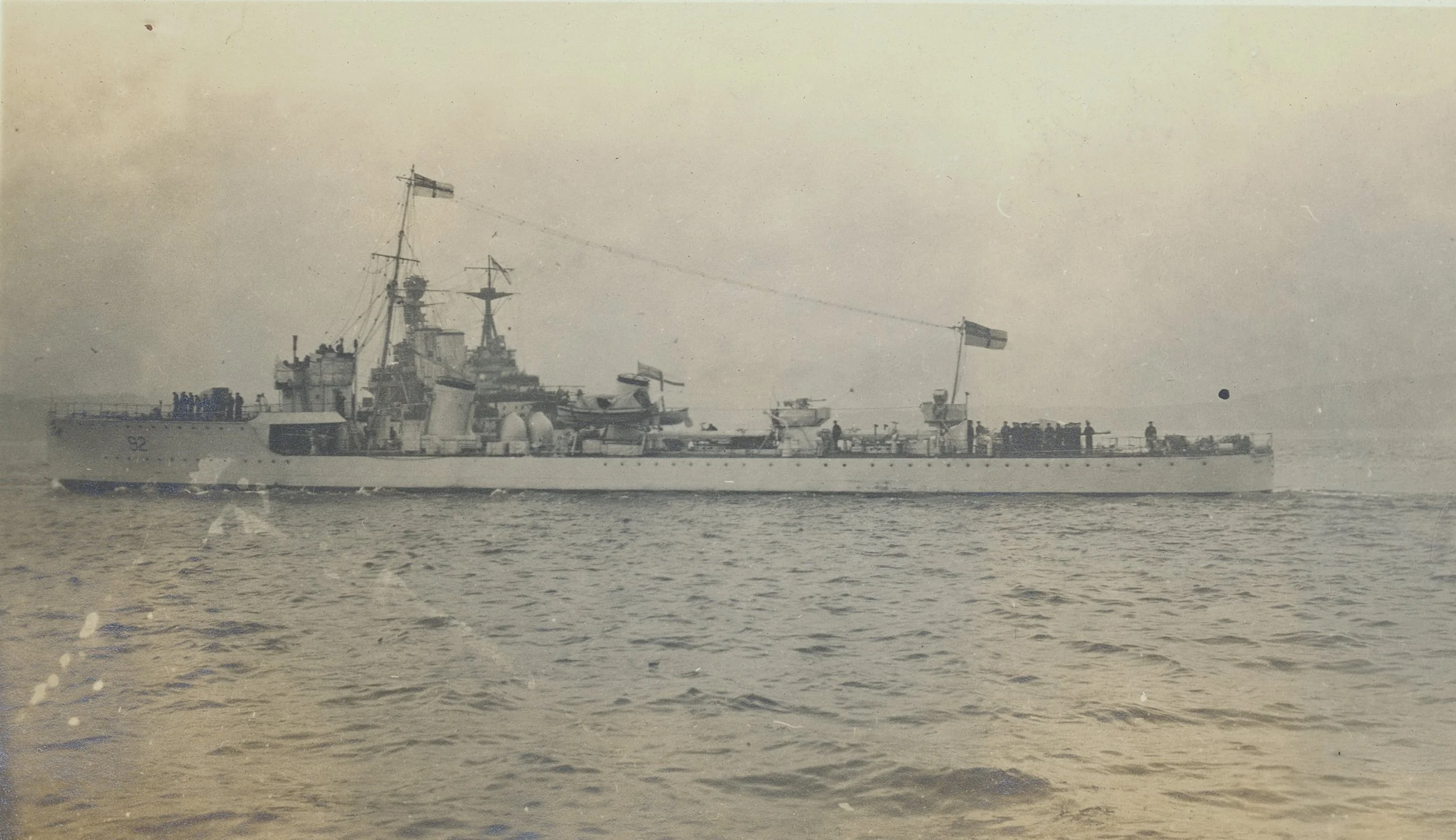Unveiling the Hidden History: Preserving and Sharing Unseen Historical Images
Unseen History
Exploring the significance of preserving historical images and films is crucial for understanding our past and preserving our cultural heritage. These vintage photographs and historic pictures provide a unique glimpse into bygone eras, offering valuable insights into the way people lived, dressed, and interacted. The impact of archiving historical media for future generations cannot be overstated. It allows us to bridge the gap between different time periods, fostering a deeper connection to our collective history. Historical societies and museums play a pivotal role in this endeavor, safeguarding these antique images and ensuring they are accessible to all.
Preserving Our Legacy: "Historical images serve as windows to the past, enabling us to see the world through the eyes of those who came before us."
Preserving the Past
Importance of Preservation
Conserving historical images and films is vital for the continuity of our heritage, ensuring that the experiences and stories of past generations are not lost to time. By actively preserving these glimpses into history, we can pass down a rich tapestry of human experiences to future generations. This preservation safeguards the cultural legacy, allowing people to understand and appreciate the traditions, events, and daily lives of those who came before us.
Challenges in Preservation
The conservation of historical images faces various challenges, particularly from environmental factors that contribute to their deterioration and damage. Exposure to light, humidity, and fluctuating temperatures can all take a toll on these delicate relics from the past. Efforts to overcome these challenges involve employing specialized techniques for storage and display, as well as utilizing digital archiving methods to create backups that can withstand environmental threats.
Archiving Efforts
Digital Archiving
Preserving historical images through digital means is a crucial aspect of archiving efforts. By digitizing these historical treasures, they can be safeguarded from physical deterioration and made accessible to a wider audience. Digital archiving offers the benefit of creating high-quality replicas that can be stored in multiple locations, reducing the risk of loss due to environmental factors or unforeseen events. However, this method also presents challenges, such as the need for ongoing maintenance to ensure the longevity and accessibility of the digital files. Additionally, technological advancements require continuous monitoring to ensure that archived materials remain compatible with evolving digital platforms.
Collaborative Archiving
Partnerships between historical societies and museums play a significant role in archiving historical media. Collaborative efforts enable the pooling of resources, expertise, and archival materials, resulting in more comprehensive and effective preservation strategies. By working together, these institutions can share best practices for cataloging, storing, and digitizing historical images and films. The impact of collaborative archiving is far-reaching, as it facilitates the exchange of knowledge and fosters a collective commitment to preserving our shared cultural heritage.
Living History
Experiencing Historical Images
Engaging with historical images provides a profound opportunity to immerse oneself in the past, offering a window into bygone eras and the lives of those who came before us. These visual records of history capture moments frozen in time, allowing individuals to witness the clothing, architecture, and social customs of different periods. By experiencing historical images, people can develop a deeper connection to their cultural heritage and gain a greater understanding of the evolution of society. Moreover, these images empower individuals to appreciate the resilience and creativity of past generations, fostering a sense of continuity and shared human experiences across time.
Educational Role of Historical Media
Historical media, including images and films, serves as invaluable educational tools that bring history to life. They offer visual representations of historical events, societal norms, and cultural practices, making the past more tangible and relatable for learners. Through historical media, students can gain insights into diverse cultures, traditions, and pivotal moments in history. This immersive approach to learning not only enriches their understanding but also cultivates empathy and respect for different perspectives. The educational significance of historical media lies in its ability to bridge temporal gaps and provide multi-dimensional insights into the complexities of human civilization.
Unveiling Historical Images
Bringing lost historical media back to the public eye is a captivating endeavor that allows us to rediscover the stories and moments captured in vintage photographs and historic pictures. By unveiling these antique images, we educate and inform readers about the significance of preserving our rich historical heritage. This process empowers people to live a second life through the eyes of the past, fostering a profound connection with bygone eras and the individuals who shaped our collective history.


